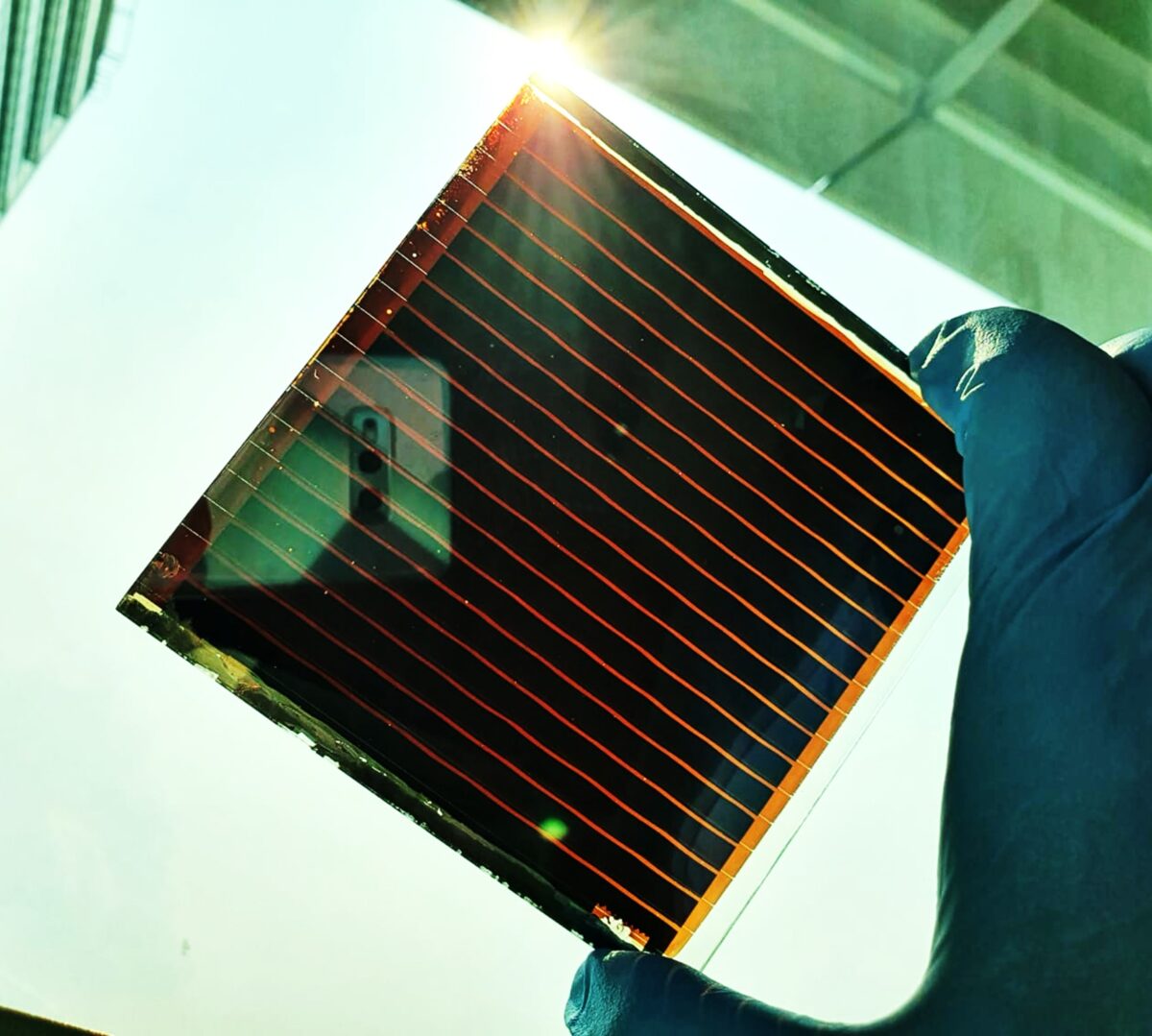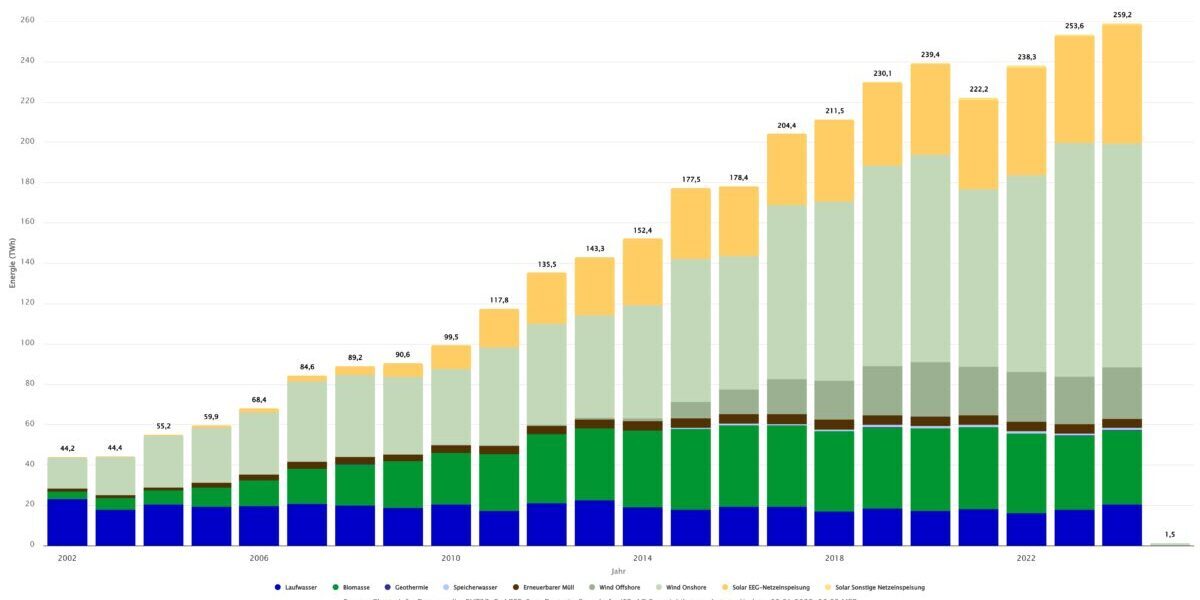Scientists at Nanyang Technological University in Singapore have fabricated a slot die-coated perovskite solar panel that reportedly offers remarkable efficiency retention.
“Large area perovskite solar modules have issues with their stability due to intrinsic point defects and a mass of surface imperfections introduced during the fabrication process,” researcher Prem Jyoti Singh Rana told pv magazine.
The researchers used a hydrophobic, all-organic salt known as fluorinated anilinium benzylphosphonate (FABP) to modify the top surface of large area slot-die coated methylammonium (MA)-free halide perovskite layers. The salt acts as a molecular lock that is able to bind to both anion and cation vacancies, which significantly increases the materials' intrinsic stability.
“It not only reduces the ingression of external species such as oxygen and moisture, but also suppresses the egress of volatile organic components during the thermal stability testing,” the academics said, noting that the absence of MA is a decisive factor, due to its tendency to undergo chemistry leading to volatile and electrochemically reactive products.
The research group built two different modules with an active area of 58.5 cm2 and 64 cm2, respectively. The first achieved a power conversion efficiency of 19.28% and the second of 17.62%.
“Unencapsulated FABP-based devices show excellent thermal stability, retaining 80% and 70% of its initial power conversion efficiencies after 2,700 hours and 1,700 hours at 65 C and 85 C, respectively,” the researchers explained. “Unencapsulated FABP-based mini-modules show around 80% efficiency retention after 7,500 hours (313 days) under 30% relative humidity (RH). They also remarkably retain more than 90% of the initial efficiency for over 850 hours while being measured continuously under light illumination.”
The scientists presented the module in “Molecular Locking with All-Organic Surface Modifiers Enables Stable and Efficient Slot-Die Coated Methyl-Ammonium-Free Perovskite Solar Modules,” which was recently published in Advanced Materials.
“Impressively the FABP-treated PSMs retained more than 90% of the initial efficiency after more than 850 hours of exposure at continuous 1 sun illumination, attesting to the effectiveness of this new generation of non-halide based passivator in boosting the stability of perovskites via the strong binding and secondary interaction between both organic molecules and perovskite surfaces,” they concluded.
*The article was updated on March 30 to reflect that the Nanyang Technological University is based in Singapore and not China, as we previously reported.
This content is protected by copyright and may not be reused. If you want to cooperate with us and would like to reuse some of our content, please contact: editors@pv-magazine.com.




850 hours… is that about a tenth of One year, slightly more than a Month?
And is this considered so durable as to be commercially viable?